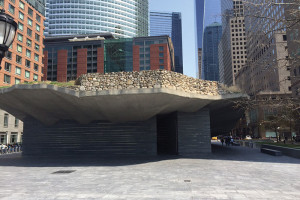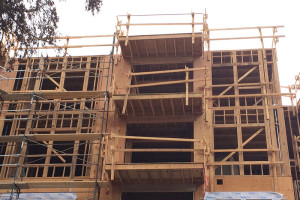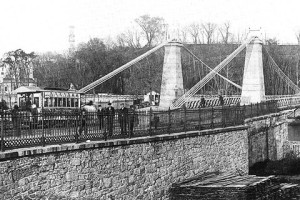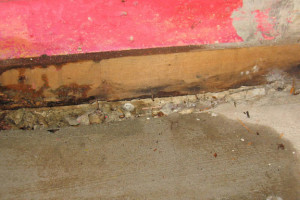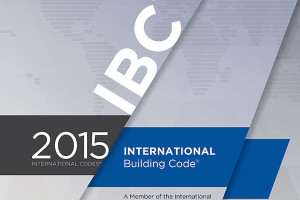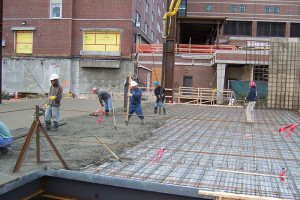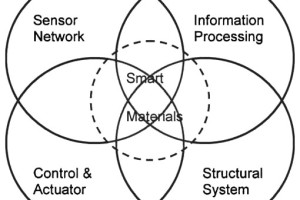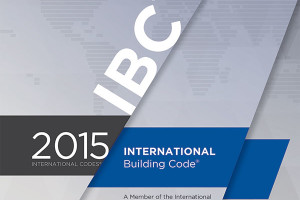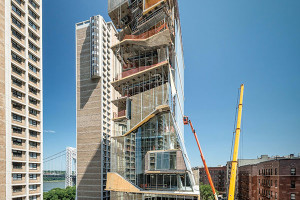The Use of Corrosion Rates to Predict Material Performance
As concrete structures begin to age and deteriorate, the need to understand corrosion behavior is pertinent to determining where a structure is in its life cycle. One of the most successful methods of determining the corrosion rate of embedded steels is the Linear Polarization Resistance (LPR) method. The results of this test method provide measurements of corrosion current (Icorr,) or corrosion penetration rates. …

